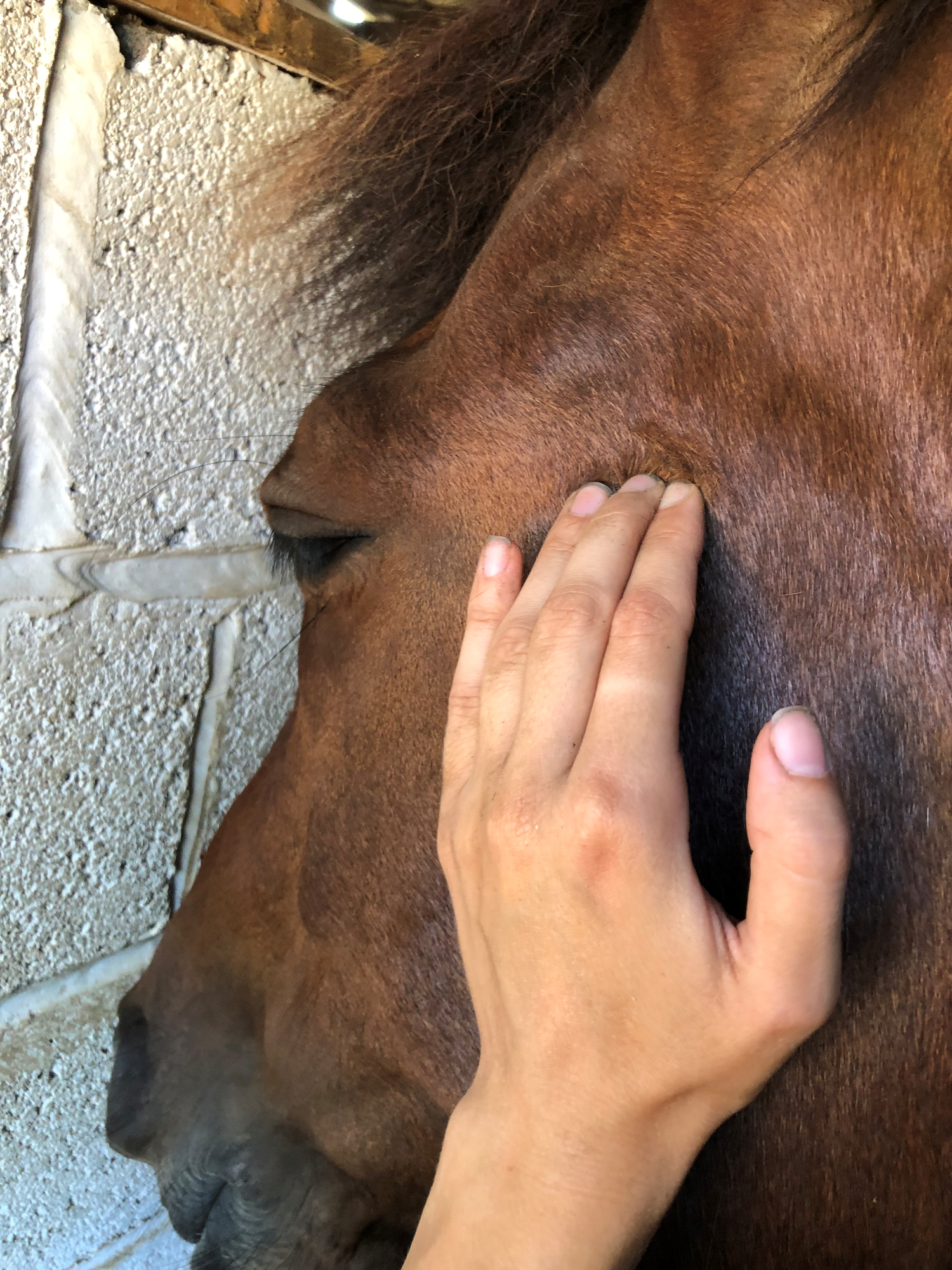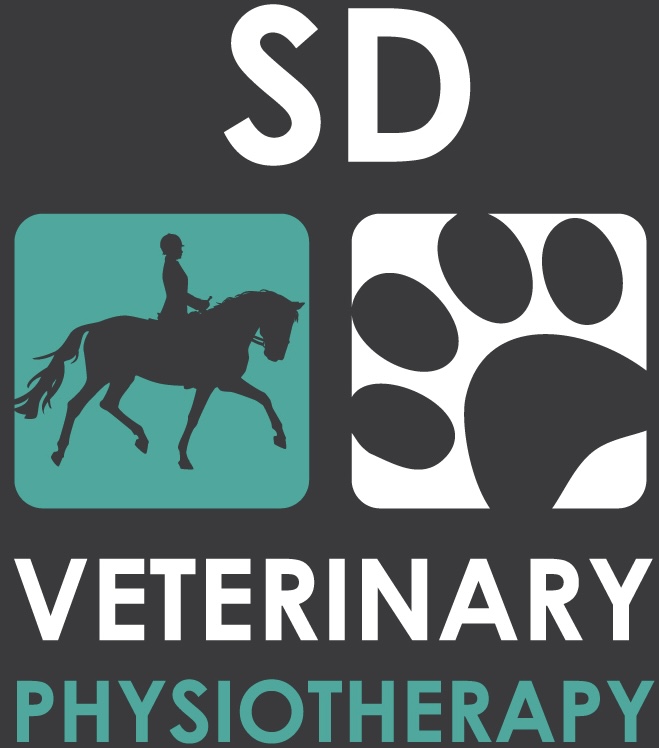What to expect in a session?
Initial physiotherapy sessions take approximately 1 - 1.30 hours and begin with a detailed history taking of the animal. This is followed by an in-depth assessment of the animal statically and dynamically, to observe the animal's overall outlook, conformation and movement. A full body palpation and assessment of joint range of motion is then carried out to assess the animal's musculoskeletal health and detect any abnormalities. Then, a tailored treatment plan will be created based upon findings - clients will be kept fully informed throughout the session. Please ensure your animal is clean & dry before commencement of their session.
Treatments
Manual Therapies
These are hands on techniques which include various types of massage, myofascial release, passive stretches, trigger point release and reflex inhibitions. This techniques can reduce pain, muscle spasm, reduce adhesions, scar tissue, increase flexibility and mobility.
Electrotherapies .jpeg?timestamp=1498826244090)
Electrotherapies work well in combination with manual therapies, depending on the selected electrotherapy, they can provide additional pain relief, aid soft tissue healing, fracture repair, muscle wastage, muscle spasm, trigger points & reduce scar tissue. The electrotherapies I use include:
- Pulsed Electromagnetic Field Therapy (PMFT)
- Red Light Phototherapy
- Transcutaneous Electrical Nerve Stimulation (TENS)
- Neuromuscular Electrical Stimulation (NMES)
- Longwave Therapeutic Ultrasound
Exercise Prescription Programmes
Tailored to suit the animal's needs and owner's facilities and ability, exercise prescription programmes are often used duringrehabilitation to increase strength, mobility, flexibility with the end goal of returning the animal to its appropriate level of function in a controlled manner.
SD Veterinary Physiotherapy is also available for exercise prescription sessions, either for rehabilitative purposes or to help enhance performance.
.jpeg?timestamp=1511437517941)

© Copyright SD Veterinary Physiotherapy 2024
